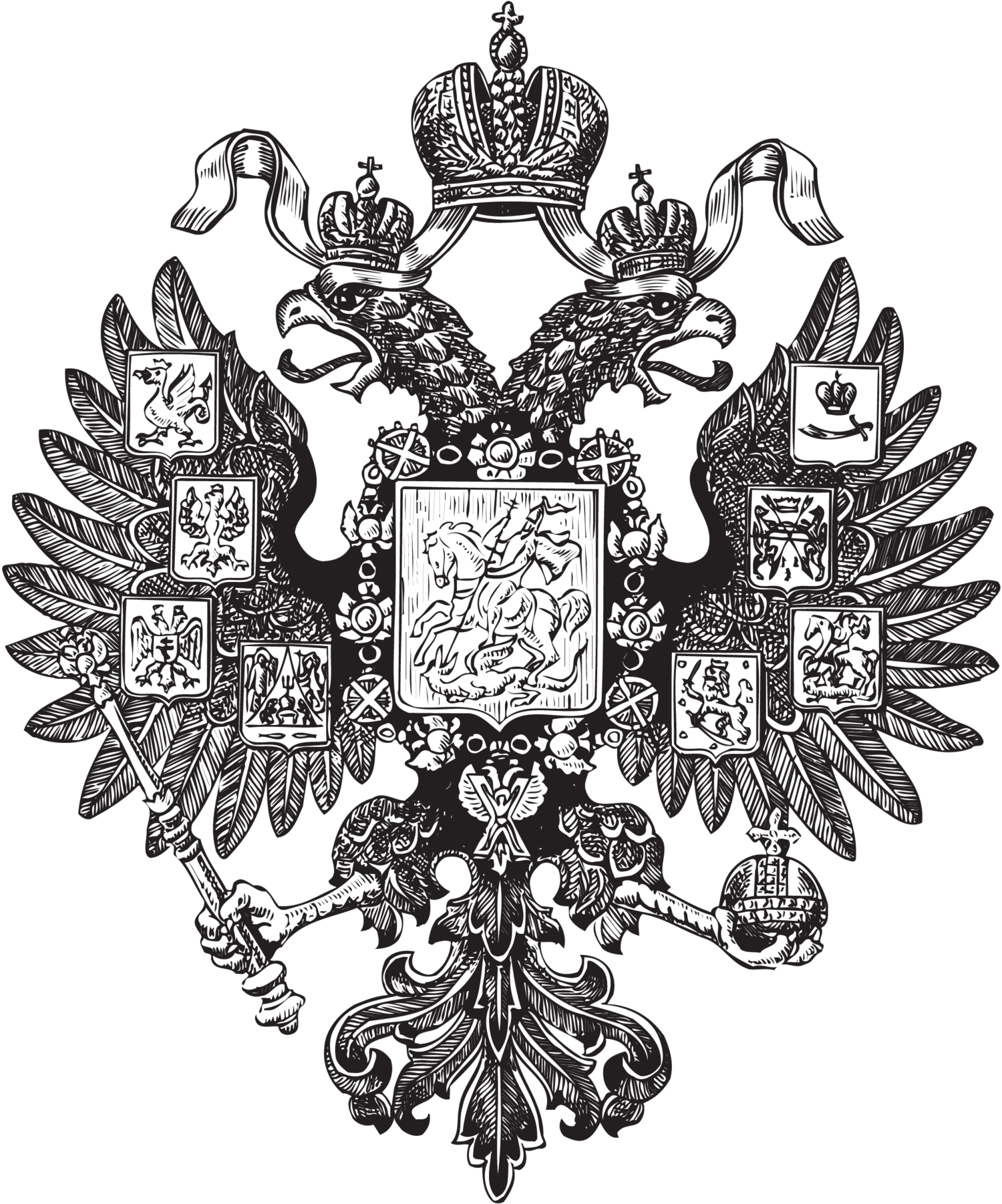DECEMBER 6, 2015: A RESPONSE TO ANTI-LEGITIMIST STATEMENTS IN PAUL KULIKOVSKY'S "ROMANOV NEWS"
On December 5th, Mr. Paul Kulikovsky placed on his Facebook page "Romanov News", a post intended to undermine the position of Grand Duchess Maria as Head of the Russian Imperial House. (Mr. Kulikovsky is, through his great-grandmother, distantly related to the Romanoffs. Dimitri Romanovich Romanoff, the non-dynastic son of the late Prince Roman of Russia, appointed Mr. Kulikovsky as his “special representative” some time ago.)
The post "The Unequal Marriage" discusses the Russian dynasty’s equal marriage rule, which requires that a Russian dynast marry a princess of a royal dynasty in order to transmit dynastic membership to his children. Mr. Kulikovsky opines that the marriage of Grand Duchess Maria’s parents did not satisfy the equal marriage rule. Grand Duchess Maria’s father, Grand Duke Wladimir, married a princess of the Georgian Royal House of Bagration.
It is useful to note that the opinion on this subject held by Mr. Kulikovsky is irrelevant. Equally irrelevant for that matter are the opinions of the historians, scholars, and jurists who hold an opposite view to Mr. Kulikovsky’s. With respect to whether the marriage of a dynast satisfies a dynasty’s laws, only the opinion and decision of the head of the dynasty count. Grand Duke Wladimir, who was Head of the Russian Imperial House for 53 years, from 1938 until 1992, had already determined prior to his own wedding that a marriage to a Bagration dynast was an equal marriage. His view was that the Russian Imperial House and the Georgian Royal House, as deposed dynasties, were on an equal footing.
The Russian dynasty has not been frozen in time since the March 1917 abdication of Nicholas II. It has continued and evolved under successive dynastic heads. It is well accepted that only the head of a deposed dynasty may interpret, amend or grant exceptions to dynastic laws, including equal marriage rules. Once the head of a dynasty determines that a marriage is dynastic, his decision is final. In exile after his abdication, the deposed Kaiser Wilhelm II, Head of the Prussian Royal House, granted an exception and retroactively recognized as dynastic the 1914 morganatic marriage of his son Oskar. Archduke Otto of Austria, Head of the Imperial House of Habsburg from 1922 to 2007, granted an exception to the equal marriage rule in 1953 when his brother Rudolf married a commoner. He recognized the marriage as validly dynastic. In the 1990s, he abandoned the equal marriage rule. Crown Prince Rupprecht, Head of the Royal House of Bavaria from 1921 to 1955, granted an exception by amending the house laws in 1949 to recognize his son’s 1930 morganatic marriage as a dynastic marriage. Half a century later, his grandson and successor abandoned the equal marriage rule altogether. These decisions were binding on the Prussian, Austrian and Bavarian dynasties. These three dynasties, all of which had equal marriage rules, were not at all frozen in time in November 1918.
Unlike these other dynastic heads, however, Grand Duke Wladimir never granted an exception to the equal marriage rule, although doing so was within his power. Instead, he simply acknowledged that his dynasty and the Bagration dynasty were both deposed sovereign houses. He also took into account the fact that Russia’s shabby treatment of the Bagration dynasty in the 19th century contrasted sharply with Catherine II’s commitment in the 1783 Treaty of Georgievsk to safeguard the royal status of the Bagrations.
Readers who are interested in more detailed information on this subject may consult the following sections of this website:
1. Under SOURCES: The Royal House of Bagration – Source Materials
2. Under RESEARCH: The Romanoffs and the Bagrations by D. Sargis
3. Under FAQs: What is the Equal Marriage Rule? Who interprets it?
4. Under FAQs: What do the terms “Dynast” and “Non-Dynast” Mean?
5. Under FAQs: Who are the Kulikovskys?

